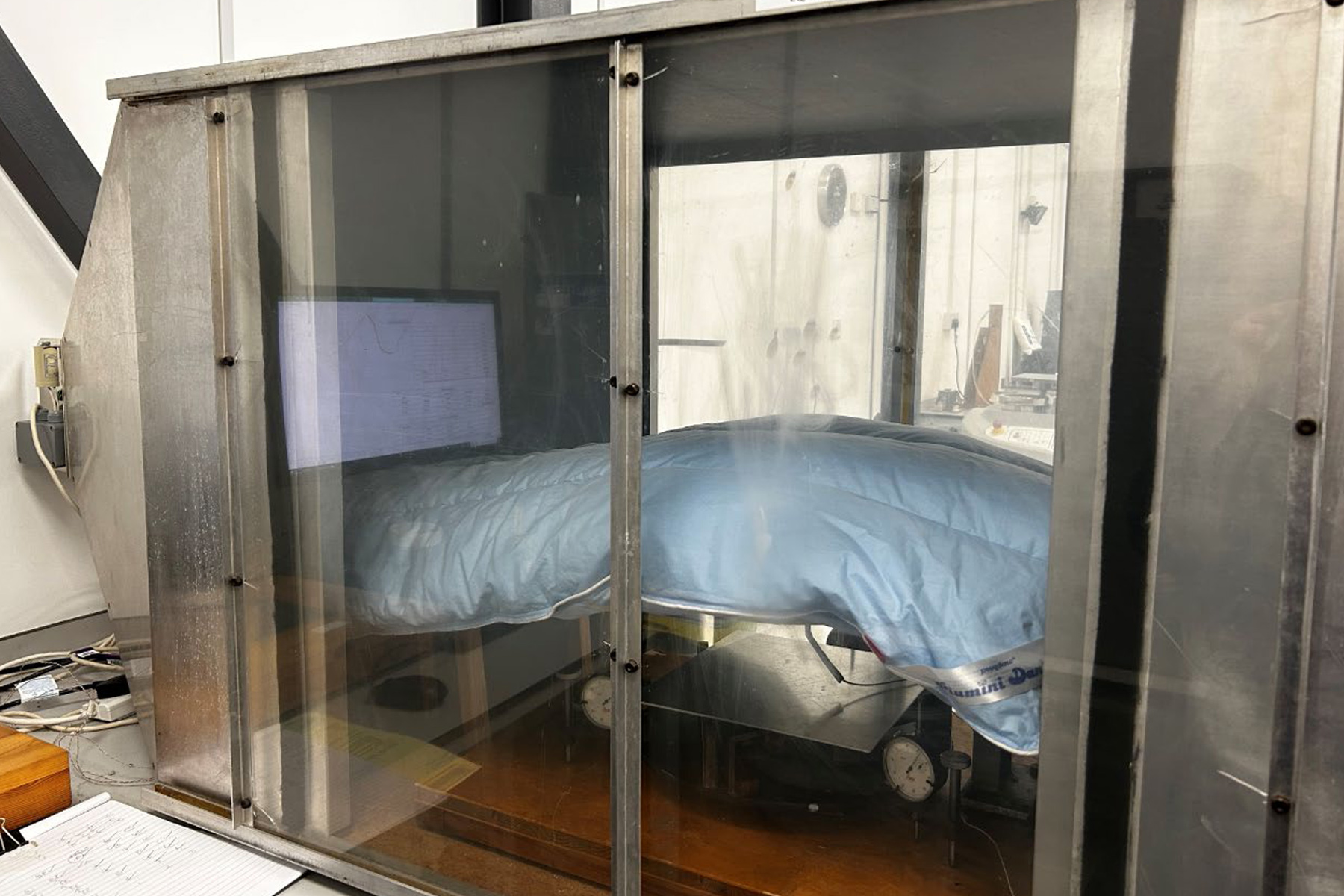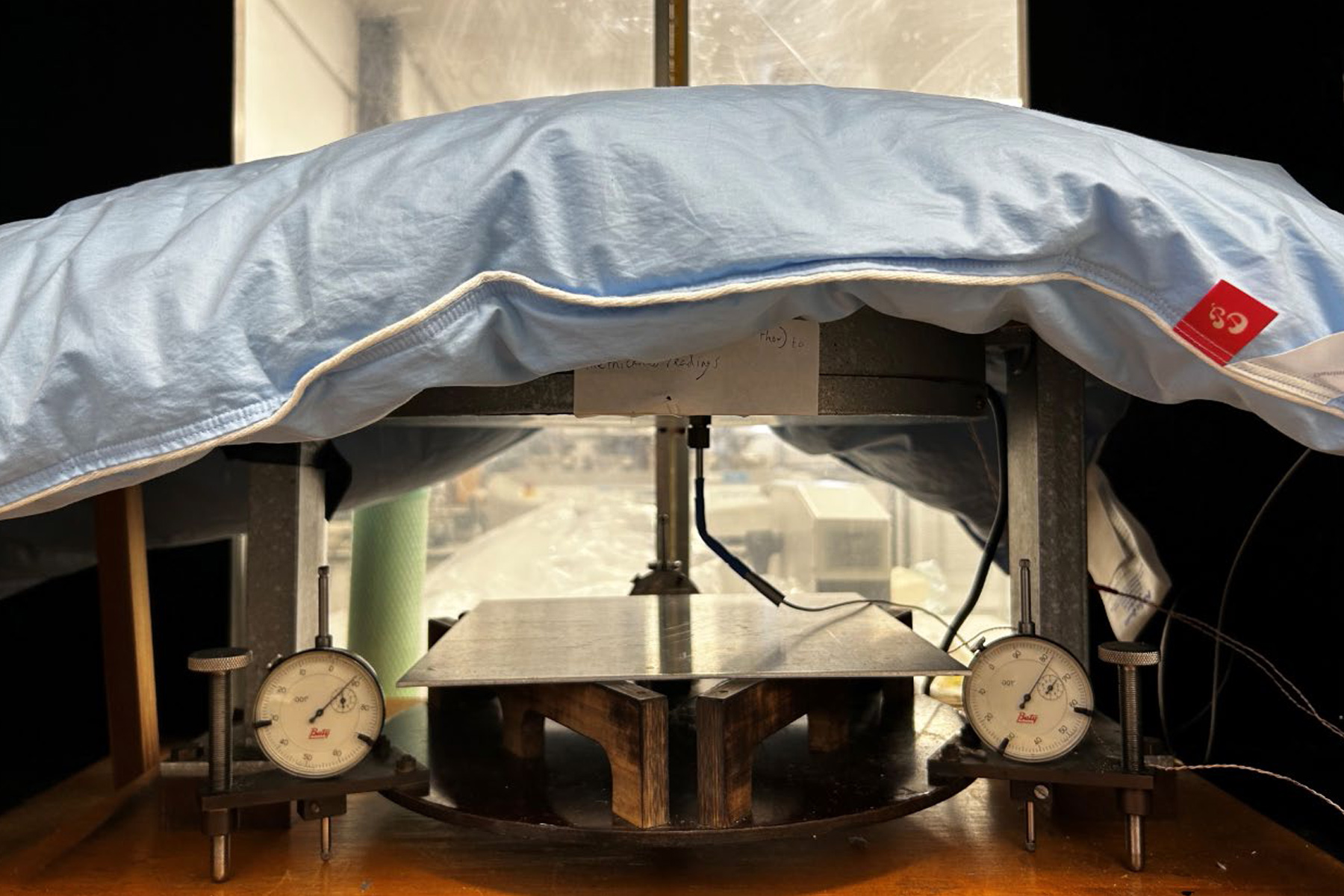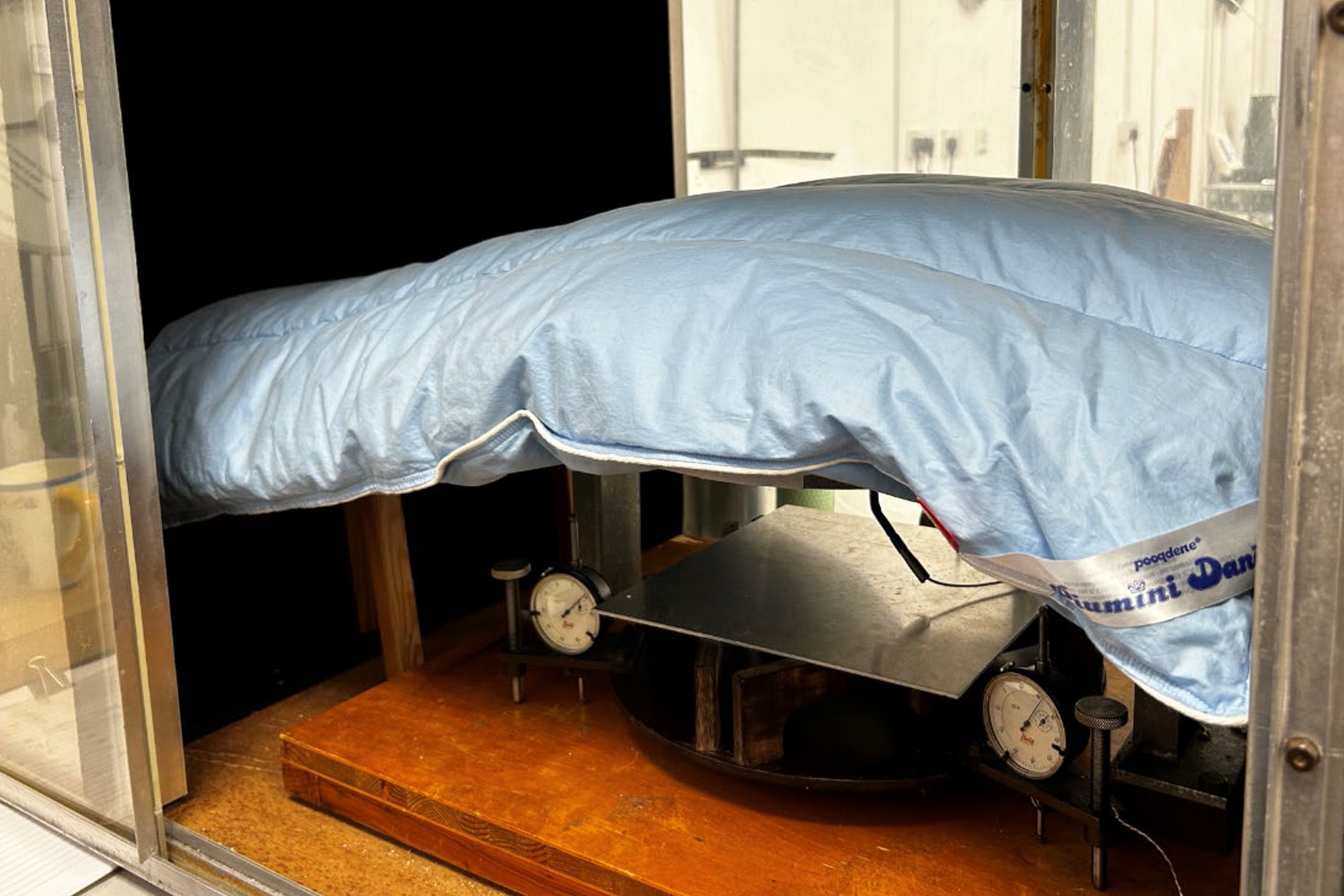What does TOG Scale from 3 to 15 mean?
TOG is merely an indication of warmth.
Some common mistakes regarding TOG include: considering TOG as an indicator of the quality of a duvet. This is incorrect. The TOG rating describes the warmth of a duvet, and the higher the TOG, the warmer the duvet will be.
TOG values are calculated in the laboratory on a duvet laid out on a flat surface. However, when a duvet is draped over a person, in bed, it is not a completely flat surface, and the way the quilt wraps around is crucial to understanding its warmth.
To better understand TOG, let's repeat a simple example. A 6000 g wool blanket may have the same TOG as a duvet with large goose down clusters weighing 600 g.

Note on TOG for our math-savvy friends:
TOG is a measure of the thermal insulation of a surface unit, also known as thermal resistance. It is commonly used in the textile industry and often seen referenced, for example, on duvets. The Shirley Institute in Manchester, England, developed TOG as an easy-to-follow alternative to the SI unit m2⋅K/W. The name derives from the informal word togs for "clothing," which in turn probably derived from the word toga, a Roman garment. The base unit of the insulation coefficient is the RSI (1 m2⋅K/W). 1 tog = 0.1 RSI. There is also a US clothing unit, the clo, equivalent to 0.155 RSI or 1.55 tog, described in ASTM D-1518 standard.



